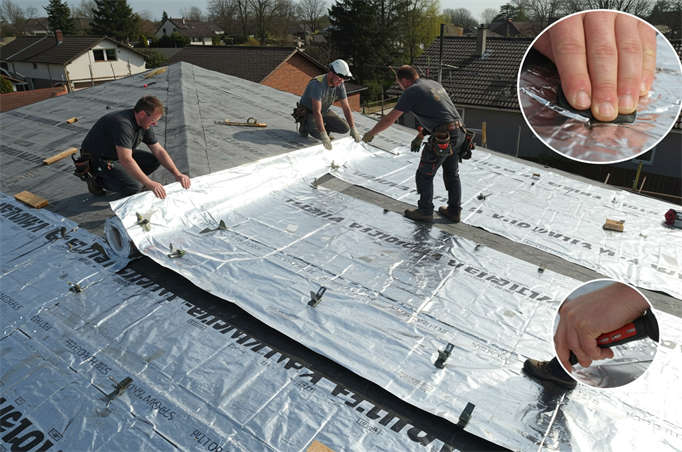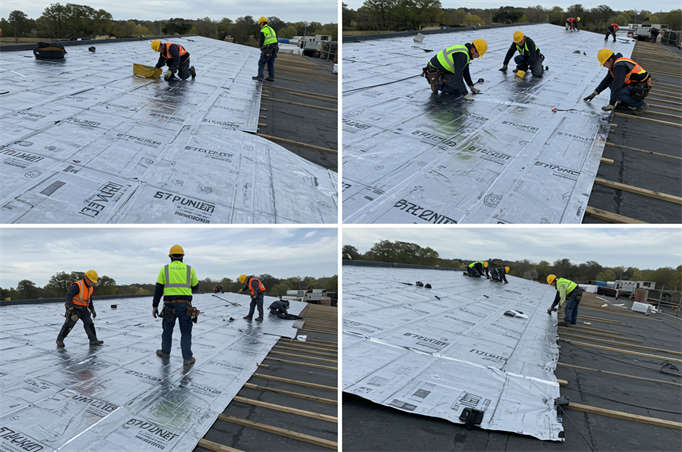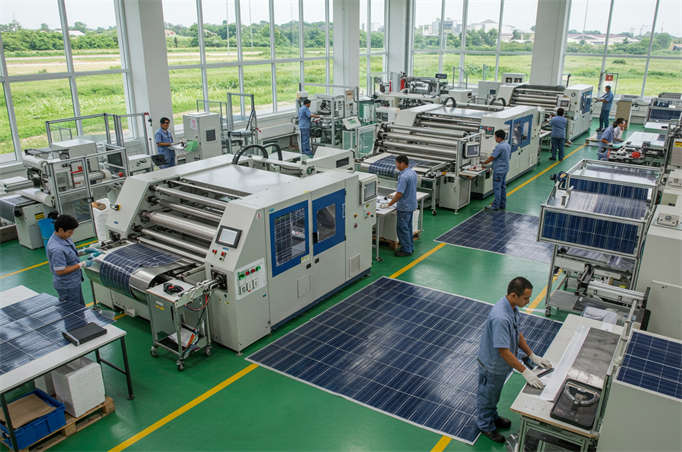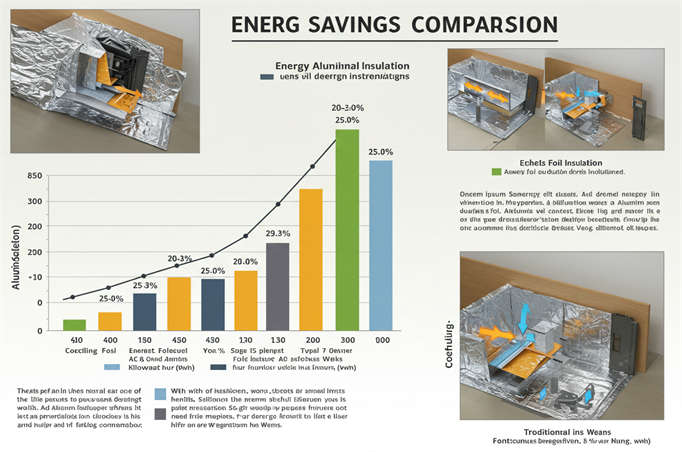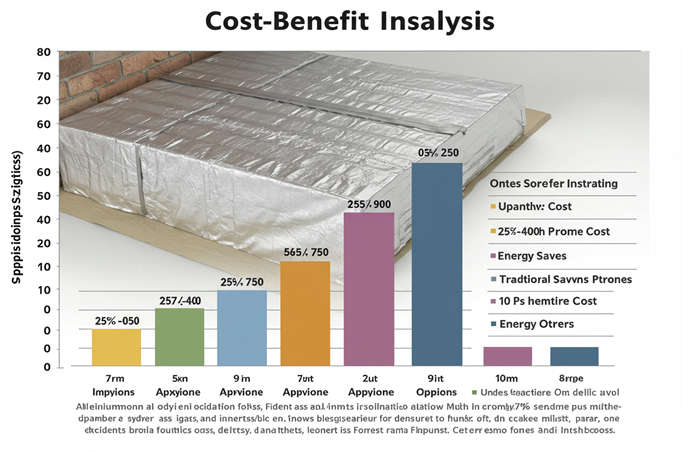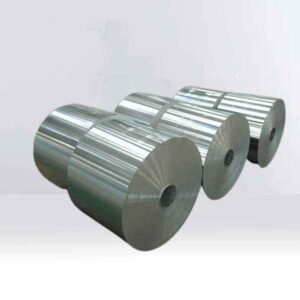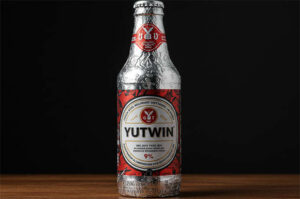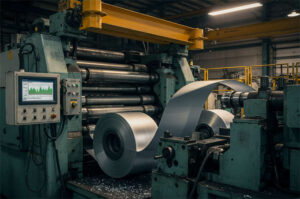In today’s fast-changing architectural world, energy efficiency and sustainability are prioritized. Among countless materials fueling this shift, feuille d'aluminium shines as a game-changer. Its standout features—high reflectivity, waterproofing, and top-notch insulation—make it a go-to for heat insulation and sustainable building practices. This blog explores how aluminum foil boosts energy efficiency in modern architecture, diving into its insulation strengths, sustainability perks, and versatile uses across building components.
Is aluminum foil a good insulator?
What Aluminum Foil Does for Insulation
Aluminum foil is often used to reduce heat loss, especially by reflecting heat rather than absorbing it. This makes it helpful for keeping food warm when wrapped, as it prevents heat from escaping through radiation. However, it’s not great at insulating through direct contact because it’s a good conductor of heat, meaning heat can pass through it easily if you touch it.
Unexpected Detail: Reflective, Not Absorbent
Unlike typical insulators like foam, aluminum foil works by reflecting heat back, which is why it’s used in things like radiant barriers in attics. This is different from what you might expect, as it doesn’t trap heat like a blanket but bounces it back instead.
Limitations to Keep in Mind
While it’s useful for radiation, it doesn’t stop heat transfer through conduction well, so it’s not ideal for all insulation needs, like thick walls. For best results, it’s often combined with other materials in insulation systems.
Detailed Analysis of Aluminum Foil as an Insulator
This note provides a comprehensive examination of aluminum foil’s insulation properties, expanding on the direct answer with detailed insights for a deeper understanding. Aluminum foil, a thin sheet of aluminum metal, is widely recognized for its use in packaging and cooking, but its role as an insulator warrants closer scrutiny, particularly in thermal contexts. This analysis covers its physical properties, practical applications, and limitations, supported by various sources to ensure a thorough exploration.
Physical Properties and Thermal Behavior
Aluminum foil’s insulation capabilities are primarily tied to its thermal properties, which include high thermal conductivity and low emissivity. Thermal conductivity, measured in W/m·K, indicates how well a material conducts heat. Aluminum has a thermal conductivity of approximately 235 W/m·K, as noted by the European Aluminium Foil Association, making it an excellent conductor compared to insulators like air (0.025 W/m·K) or fiberglass (0.04 W/m·K). This high conductivity means it does not insulate well through conduction, where heat transfers directly through contact.
However, aluminum foil’s low emissivity—around 0.04 for polished aluminum, as detailed on InsulationStop—is crucial for its insulation role. Emissivity measures how efficiently a surface radiates heat, with lower values indicating better reflection. This property allows aluminum foil to reflect up to 98% of light and infrared heat, as per the European Aluminium Foil Association, making it effective against radiant heat transfer. This reflective ability is why it’s used in applications like radiant barriers, where it prevents heat from entering or escaping through radiation.
Mechanisms of Heat Transfer and Aluminum Foil’s Role
Heat transfer occurs through three main mechanisms: conduction, convection, and radiation. Each plays a role in evaluating aluminum foil’s insulation effectiveness:
- Conduction: As a metal, aluminum foil facilitates heat transfer through direct contact. Its high thermal conductivity means it conducts heat quickly, which is evident when touching a hot foil-wrapped item. This property makes it a poor insulator for conduction, as heat can easily pass through the foil, as discussed in a Quora post.
- Convection: When aluminum foil is used to wrap something, it can act as a barrier to reduce convective heat loss by limiting air movement around the object. For instance, wrapping food tightly in foil can create a sealed environment, reducing heat loss to surrounding air, as noted in Science ABC.
- Radiation: This is where aluminum foil excels as an insulator. Its low emissivity means it reflects radiant heat, preventing it from escaping or entering. This is particularly useful in scenarios like keeping food warm, where the foil reflects heat back toward the food, extending its temperature retention, as explained on InsulationStop.
Practical Applications and Effectiveness
In everyday use, aluminum foil is commonly employed to keep food warm, such as wrapping leftovers or covering dishes. This effectiveness stems from its ability to reflect heat, reducing radiative losses. For example, when wrapping a hot meal, the foil reflects the heat back, maintaining warmth longer than if left uncovered, as supported by Quora.
In building insulation, aluminum foil is often part of reflective insulation systems, such as those used in attics or under roofs. Here, it acts as a radiant barrier, reflecting heat to reduce energy consumption, as discussed by Alfipa. However, its R-value—the measure of thermal resistance—is low when considered alone, as metals generally have poor R-values due to high conductivity. Reflective insulation products, which combine foil with air pockets or other materials, can achieve R-values from R-3 to R-17, as noted on EcoFoil, but this is due to the system, not the foil itself.
Limitations and Comparisons
Despite its benefits, aluminum foil has limitations as an insulator. Its high thermal conductivity means it conducts heat efficiently, which can be a drawback in scenarios requiring insulation through conduction, such as in walls without air gaps. For instance, if foil is pressed tightly between two heat-conducting bodies, it provides little insulation, as mentioned in an Engineering Stack Exchange discussion.
Compared to traditional insulators like fiberglass (R-13 for batt insulation) or foam (R-5 for 1-inch rigid foam), aluminum foil alone has negligible R-value, as highlighted on GreenBuildingAdvisor. However, when used with air spaces, its reflective properties can enhance overall insulation, making it a component in multi-layer systems rather than a standalone solution.
Table: Comparison of Thermal Properties
| Material | Thermal Conductivity (W/m·K) | Emissivity | Typical R-Value (per inch) | Primary Insulation Role |
|---|---|---|---|---|
| Feuille d'aluminium | 235 | 0.04 | Negligible | Reflects radiant heat |
| Air | 0.025 | ~0.9 | Low (depends on space) | Insulates through low conductivity |
| Fiberglass | 0.04 | ~0.9 | ~3.7 | Insulates through low conductivity |
| Extruded Polystyrene | ~0.03 | ~0.9 | ~5 | Insulates through low conductivity |
This table, derived from sources like InsulationStop et MatWeb, illustrates why aluminum foil is not a traditional insulator but excels in radiation reflection.
Aluminum foil is not a good thermal insulator in terms of conduction due to its high thermal conductivity, but it is effective as a radiant barrier, reducing heat transfer through radiation. Its practical use in keeping food warm or in building insulation systems highlights its utility, though it is best combined with other materials for comprehensive insulation. This dual nature—conductor yet reflective insulator—makes it a versatile but context-specific choice, as supported by various sources including Quora et Alfipa.
How Aluminum Foil Enhances Insulation and Sustainability
Aluminum foil’s unique properties make it a powerhouse in insulation and sustainable development, which is key in cutting energy use in buildings. Here’s a breakdown of its impact:
Insulation Performance Advantages
High Reflectivity
Aluminum foil reflects over 93% of radiant heat. When applied to roofs and walls, it reduces the amount of solar heat buildings absorb, keeping indoor temperatures cooler and reducing air conditioning needs.
Excellent Waterproofing
Aluminum foil insulation is strong in harsh conditions, blocking moisture and maintaining performance. This dramatically affects rainy or humid areas, prevents mouldy walls, and extends a building’s lifespan.
Teamwork with Other Materials
Pair aluminum foil with materials like foam or polystyrene boards, and you get a winning combination. Aluminum foil reflects heat while the other materials trap it, slowing temperature transfer and boosting overall insulation.
Contributions to Sustainability
Recyclability
Aluminum foil recycles efficiently without heavy processing, saving energy and cutting reliance on raw mining. Le présent aligns with the construction industry’s push for green, eco-friendly materials and sustainable goals.
Eco-Friendly Production and Use
Aluminum foil solar films release no harmful substances during production or use, keeping the environment and people safe. Compared to traditional insulation, they generate less pollution and waste, and installation is a breeze.
Lower Energy Use and Carbon Emissions
By improving insulation, aluminum foil trims summer cooling and winter heating demands, slashing carbon dioxide and greenhouse gas output. Le présent helps shrink a building’s carbon footprint and fights climate change.
Where Aluminum Foil Fits in Buildings
Roofs and Walls
Aluminum foil insulation dominates in roofing and exterior walls. In homes, it stabilizes indoor temperatures for comfort; in commercial spaces, it tackles large roofs, cutting cooling costs. For example, southern China neighbourhoods that use foil insulation on outer walls see summer indoor temperatures drop 2°C-3°C.
Doors and Windows
Aluminum alloys craft lightweight, strong, and airtight window and door frames. They block noise, dust, and heat, lifting a building’s energy efficiency.
Decorative Uses
Use aluminum foil on interior walls or ceilings for style and function. It looks sleek while tweaking room temperatures, enhancing energy use.
Real-World Wins
Aluminum Foil Composite Tiles
Luoyang Qianqing Tile Co. rolls out double-sided aluminum foil composite tiles with up to 84.5% reflectivity. These tiles fend off heat, fire, and corrosion, keeping interiors comfy compared to traditional tiles.
Big Commercial Savings
A major shopping center swapped in aluminum foil insulation cotton for its roof. Post-upgrade, summer temps dropped, AC costs plummeted, and the roof lasted longer—proof of green and economic gains.
Why Aluminum Foil Insulation Saves Energy
Summer Heat Shield
Aluminum foil reflects 90%-93% of radiant heat, slashing surface temps by over 30%—sometimes up to 20°C cooler. That means less AC strain.
Winter Warmth Keeper
Its low thermal conductivity traps indoor heat, forming a barrier that cuts heat loss through roofs and walls, reducing heating costs.
Year-Round Efficiency
Foil blocks summer heat and traps winter warmth, stabilizing temperatures and minimizing energy-wasting heat swaps. It delivers considerable insulation in thin layers, preserving building design.
Energy and Emission Cuts
Buildings with aluminum foil insulation use 20%- 30% less AC and heating, trimming carbon emissions and aiding the planet.
What About Costs?
Aluminum foil insulation costs more than traditional options—about 25% to 40% higher than standard insulation cotton, according to web data. The premium comes from aluminum’s value and advanced production tech. Prices also sway with aluminum market trends. But its superior insulation, eco-benefits, and durability make it a smart pick for energy-focused projects.
Wrap-Up: Aluminum Foil’s Big Promise
Aluminum foil goes beyond insulation—it pledges a sustainable future. Yes, it costs more upfront, but the energy savings and carbon cuts pay off long-term. As tech advances, aluminum foil’s role in building insulation will expand, paving the way for greener, more efficient architecture. Ready to level up your project with performance and planet-friendly vibes? Embrace aluminum foil—it’s a material that delivers.
Aluminum foil’s contribution to modern architecture extends beyond mere insulation—it represents a commitment to a sustainable future. While aluminum foil insulation materials cost more than traditional options, the long-term savings in energy consumption and carbon emissions make it a worthwhile investment. As technology advances, the potential for aluminum foil in architectural insulation will only grow, promising a greener and more energy-efficient built environment. For those seeking to elevate their building projects with a blend of performance and sustainability, aluminum foil is a material worth embracing.

